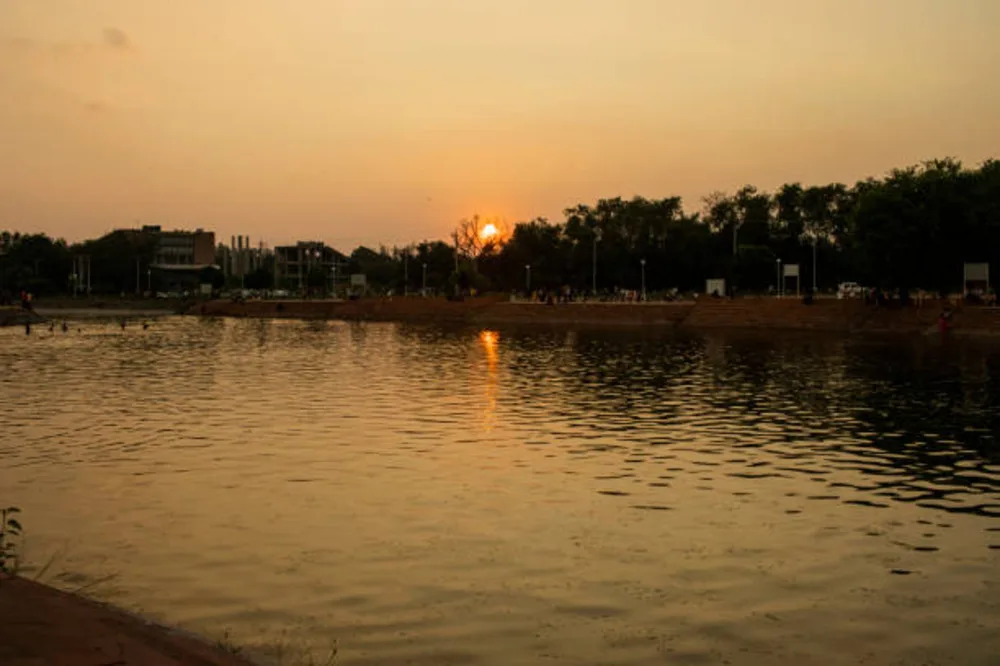Chandigarh, a city that stands as a testament to modern urban planning and architecture, is not just the capital of two Indian states—Punjab and Haryana—but also a pioneering example of a well-designed city. The architecture of Chandigarh city is a harmonious blend of functionality and aesthetics, reflecting the vision of its architect, Le Corbusier. In this blog, we will explore the various architectural marvels that define this vibrant city and delve into how they contribute to Chandigarh’s identity.
- Exploring the Innovative Design Principles of the Architecture of Chandigarh City
- 1. Capitol Complex: The Heart of Governance in the Architecture of Chandigarh City
- 2. The Rock Garden: A Unique Blend of Art and Nature
- 3. Sukhna Lake: A Man-Made Marvel
- 4. Punjab University: A Hub of Education and Innovation
- 5. The Open Hand Monument: A Symbol of Peace
- 6. Government Museum and Art Gallery: A Cultural Treasure
- 7. Chandigarh Haat: Celebrating Local Craftsmanship
- 8. The Cactus Garden: A Botanical Delight
- Conclusion
Exploring the Innovative Design Principles of the Architecture of Chandigarh City
The architecture of Chandigarh city is a remarkable example of innovative design principles that prioritize functionality and aesthetics. Le Corbusier’s vision for the architecture of Chandigarh city included open spaces, modular design, and a strong connection to nature, creating an urban environment that is both livable and inspiring. Each architectural marvel, from the Capitol Complex to the Rock Garden, reflects these principles, making the architecture of Chandigarh city not only visually appealing but also practical for its residents. By integrating green spaces and community areas, the architecture of Chandigarh city fosters a sense of belonging and harmony among its inhabitants.
| Architectural Marvel | Year Completed | Architect | Notable Features |
| Capitol Complex | 1951 | Le Corbusier | Legislative Assembly, Secretariat, High Court |
| The Rock Garden | 1976 | Nek Chand | Sculptures made from urban waste |
| Sukhna Lake | 1958 | Le Corbusier | Man-made reservoir with leisure facilities |
| Punjab University | 1956 | Pierre Jeanneret | Modernist architecture with open spaces |
| The Open Hand Monument | 1985 | Le Corbusier | Symbol of peace and reconciliation |
| Government Museum and Art Gallery | 1968 | Le Corbusier | A rich collection of art and artifacts |
| Chandigarh Haat | 2013 | Local Artisans | Showcase of traditional crafts and culture |
| The Cactus Garden | 1987 | Local Artisans | A diverse collection of cacti and succulents |
1. Capitol Complex: The Heart of Governance in the Architecture of Chandigarh City
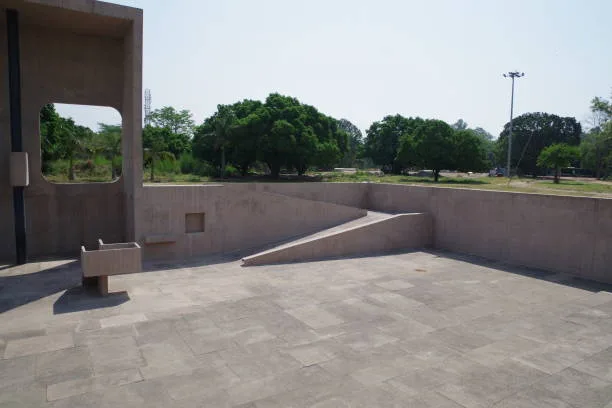
The architecture of Chandigarh city reaches its zenith in the Capitol Complex. Designed by Le Corbusier, this iconic structure houses the legislative assembly, the secretariat, and the high court. Completed in 1951, the Capitol Complex is recognized for its monumental scale and innovative design. The bold forms, dramatic use of light, and integration with the landscape make it a masterpiece of modern architecture.
Notable Features
- Legislative Assembly: With its distinctive sloping roof and massive concrete forms, it symbolizes the power of democracy.
- High Court: Known for its striking façade and use of natural light, it serves as a functional yet artistic space for justice.
2. The Rock Garden: A Unique Blend of Art and Nature
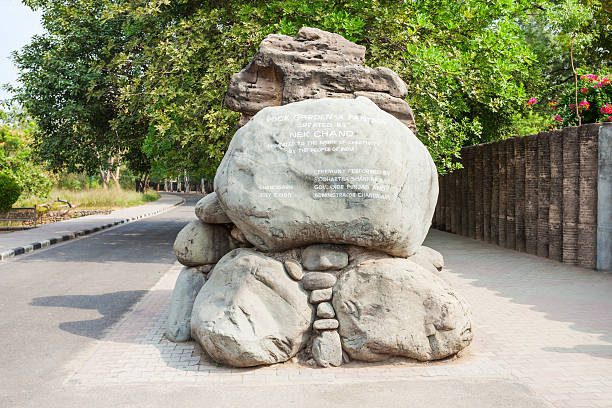
Nek Chand’s Rock Garden is a remarkable example of how the architecture of Chandigarh city can intertwine art and nature. Created from recycled materials, this expansive garden features sculptures, water bodies, and winding paths. It stands as a testament to creativity and resourcefulness, showcasing the potential of repurposed materials in modern landscaping.
Notable Features
- Sculptures: Made from urban waste, the sculptures reflect various aspects of life and culture.
- Waterfalls and Pathways: The meandering paths and serene waterfalls create a tranquil escape from the urban hustle.
Read More: Rock Garden Chandigarh, A best Labyrinth of Recycling
3. Sukhna Lake: A Man-Made Marvel
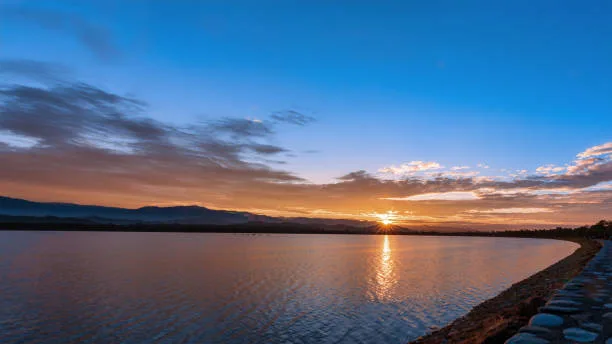
Sukhna Lake is another gem in the architecture of Chandigarh city. Completed in 1958, this man-made reservoir offers a peaceful retreat for residents and tourists alike. Surrounded by gardens and walking paths, Sukhna Lake is a hub for leisure activities, making it a perfect spot for picnics and boating.
Notable Features
- Boating Facilities: A variety of water sports are available, attracting adventure enthusiasts.
- Walking Trails: The scenic trails around the lake provide a great space for jogging and cycling.
Read More: Unveiling the best Charm of Sukhna Lake
4. Punjab University: A Hub of Education and Innovation
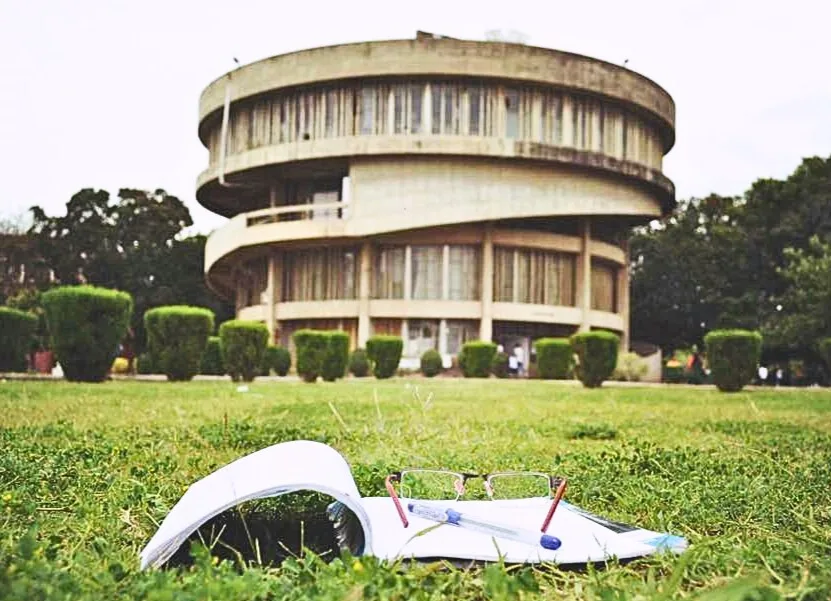
The architecture of Punjab University is a prime example of modernist design. Established in 1956, the campus features innovative structures that promote collaboration and creativity among students. The architecture of Chandigarh city is exemplified in its open spaces and unique buildings.
Notable Features
- Central Library: A stunning structure with ample natural light and a conducive environment for learning.
- Hostels and Residential Buildings: Designed to foster a sense of community and interaction among students.
5. The Open Hand Monument: A Symbol of Peace
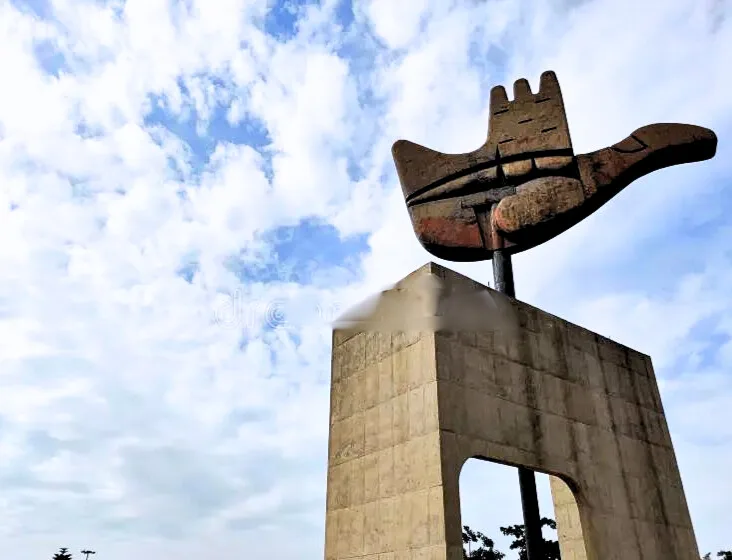
The Open Hand Monument, one of the most recognizable symbols of Chandigarh, embodies the philosophy of peace and reconciliation. Designed by Le Corbusier in 1985, this monumental sculpture serves as a reminder of the city’s commitment to harmony.
Notable Features
- Architectural Design: The hand signifies the openness of the city to all.
- Panoramic Views: Positioned on a hilltop, it offers breathtaking views of the city and beyond.
6. Government Museum and Art Gallery: A Cultural Treasure
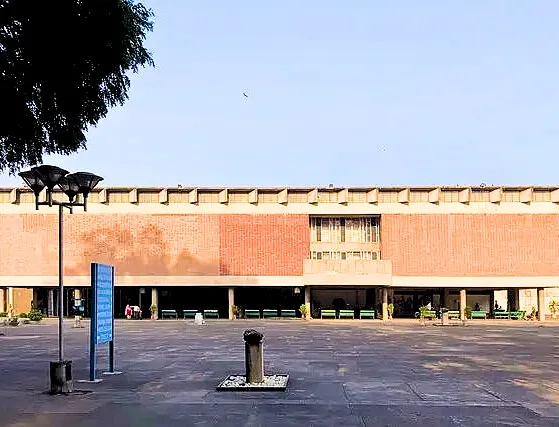
Located in the heart of Chandigarh, the Government Museum and Art Gallery is a cultural hub that showcases the rich heritage of India. Established in 1968, this museum is an essential part of the architecture of Chandigarh city.
Notable Features
- Art Collections: The museum houses an impressive collection of Indian and Western art.
- Architectural Style: The building itself is an architectural marvel, blending modernism with traditional elements.
7. Chandigarh Haat: Celebrating Local Craftsmanship
Chandigarh Haat is a modern marketplace that celebrates local artisans and crafts. Opened in 2013, this vibrant space is a perfect example of the architecture of Chandigarh city that encourages community engagement.
Notable Features
- Craft Stalls: Offering a variety of handicrafts and local products, it supports the local economy.
- Cultural Events: Regular workshops and events foster a sense of community and cultural exchange.
8. The Cactus Garden: A Botanical Delight
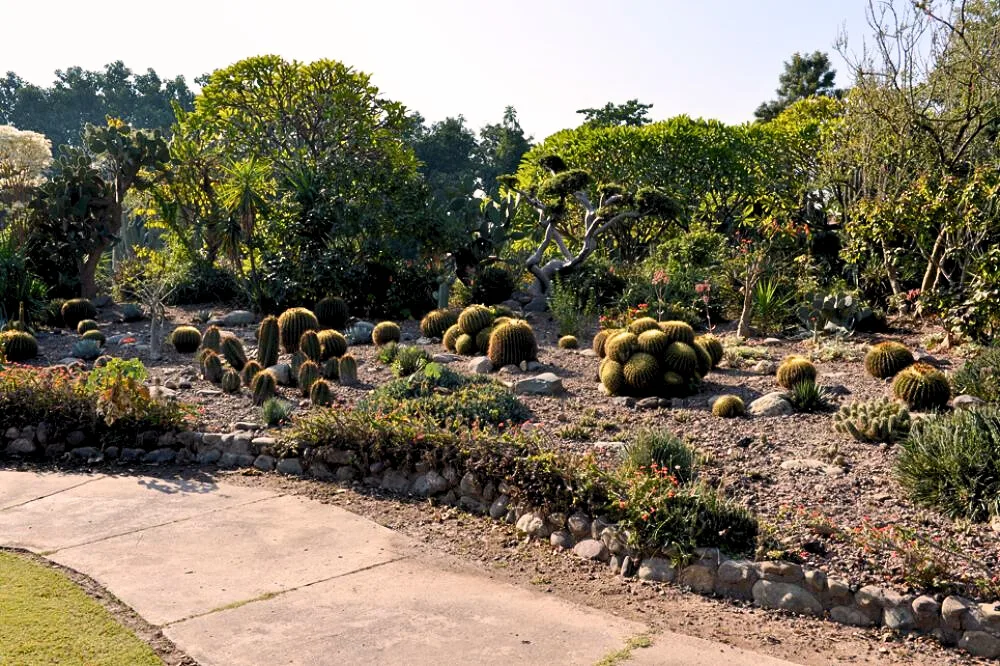
The Cactus Garden in Chandigarh is the largest cactus garden in Asia, completed in 1987. This unique addition to the architecture of Chandigarh city showcases over 3,500 species of cacti and succulents, making it a haven for plant lovers and tourists alike.
Notable Features
- Diverse Flora: The garden features various types of cacti, showcasing their unique shapes and sizes.
- Educational Workshops: Regular workshops on gardening and sustainability are held to educate visitors about the importance of preserving such species.
Also Read: A Travel Guide to Chandigarh – Experience India’s First Planned City
Conclusion
The architecture of Chandigarh city is a rich tapestry woven with the threads of innovation, art, and nature. From the monumental Capitol Complex to the serene Sukhna Lake, each architectural marvel contributes to the city’s unique identity. Whether you are a history buff, an architecture enthusiast, or simply looking for a beautiful getaway, Chandigarh offers something for everyone.
Explore More
If you’re eager to uncover more about the unique architecture of Chandigarh city, be sure to check out our other blogs at Xplro.com. From travel guides to insights about local culture, we have everything you need to make your visit memorable. Whether you’re planning a trip or simply want to learn more, Xplro is your ultimate travel companion!




